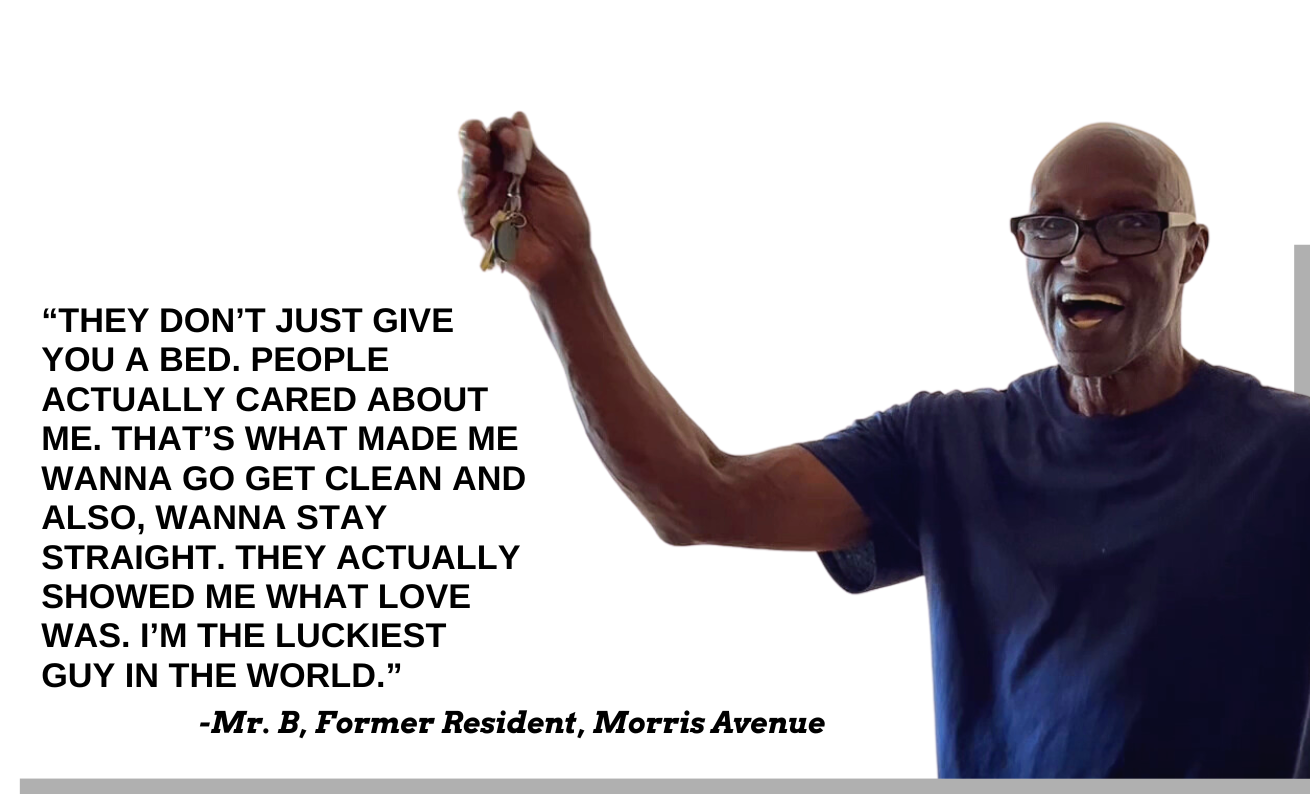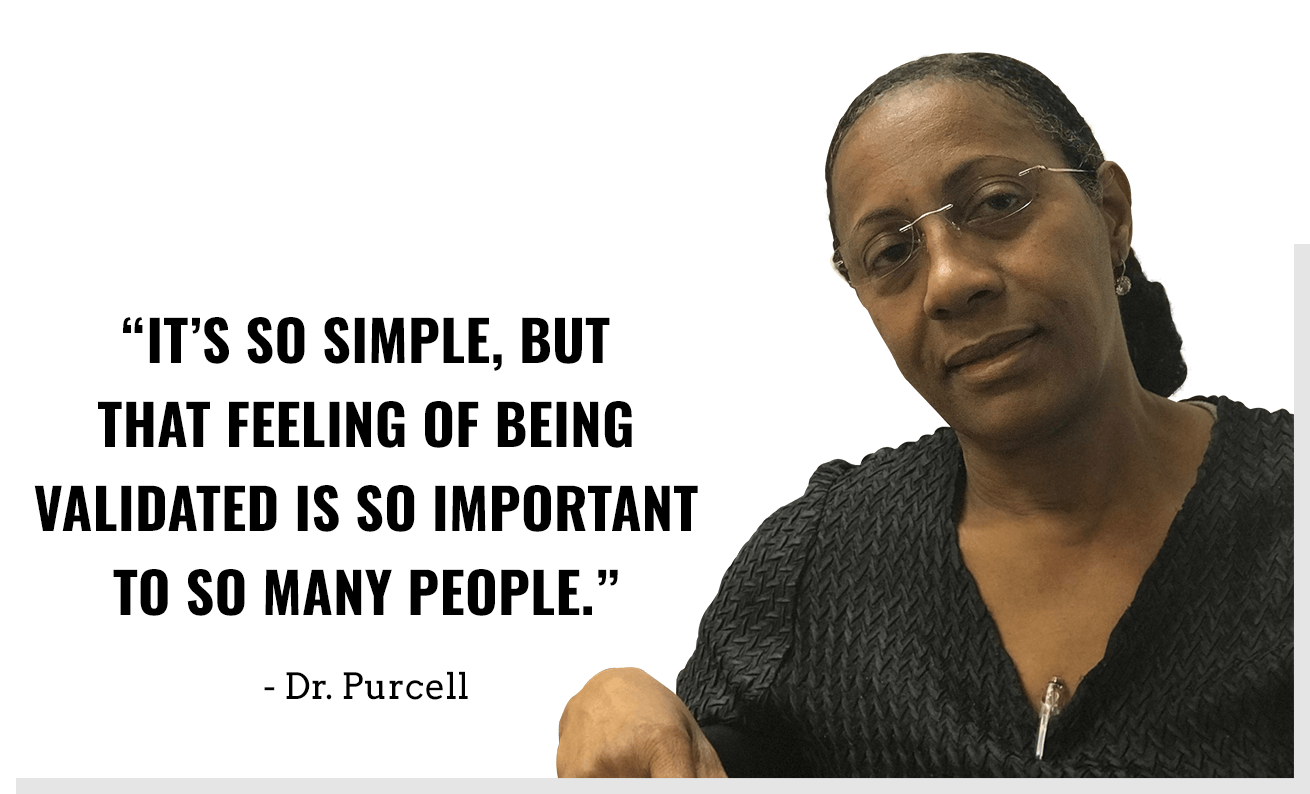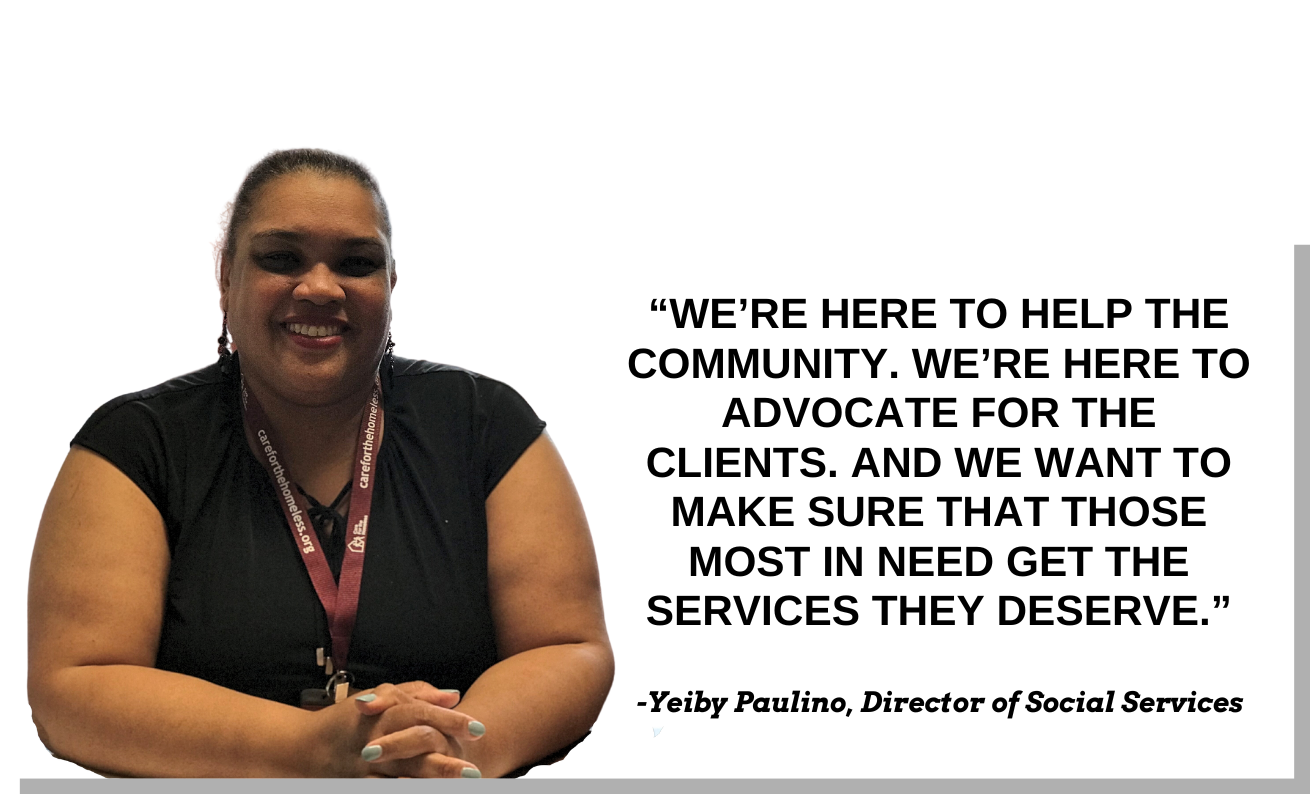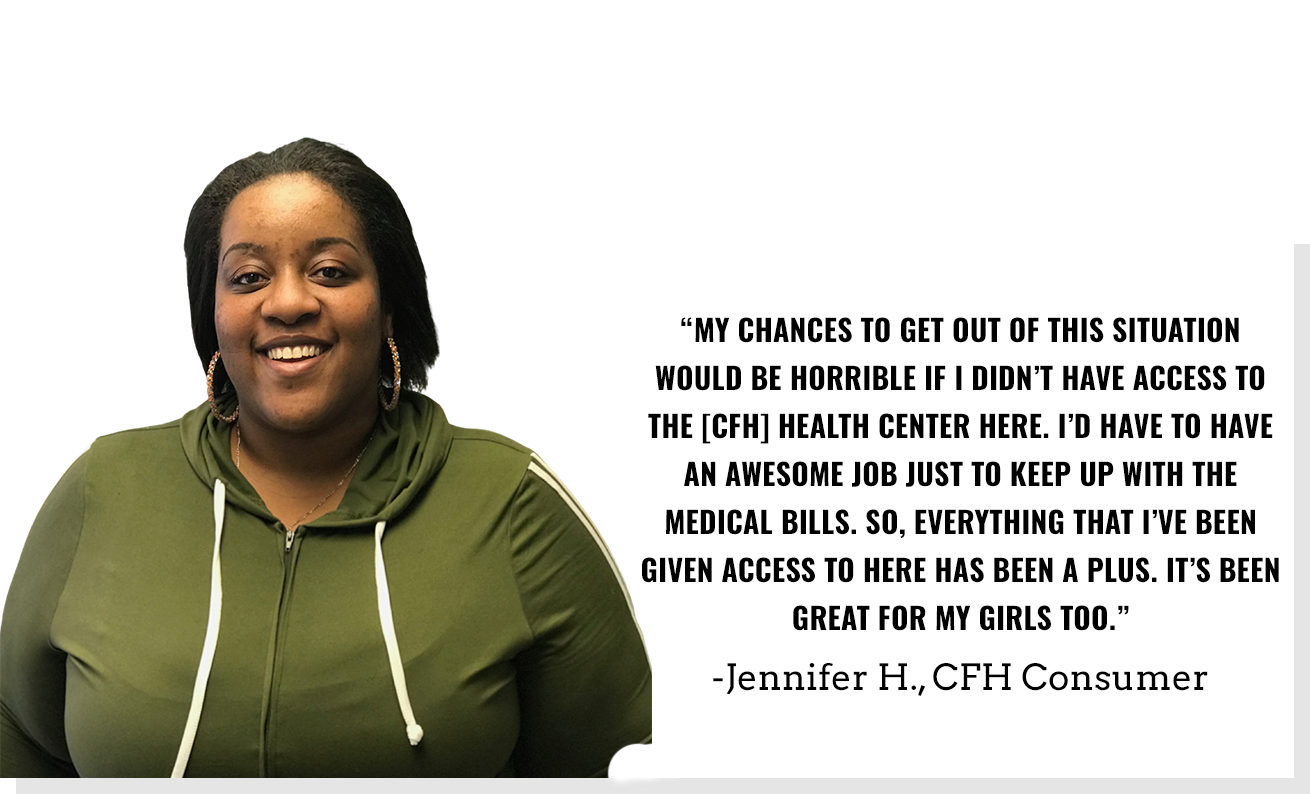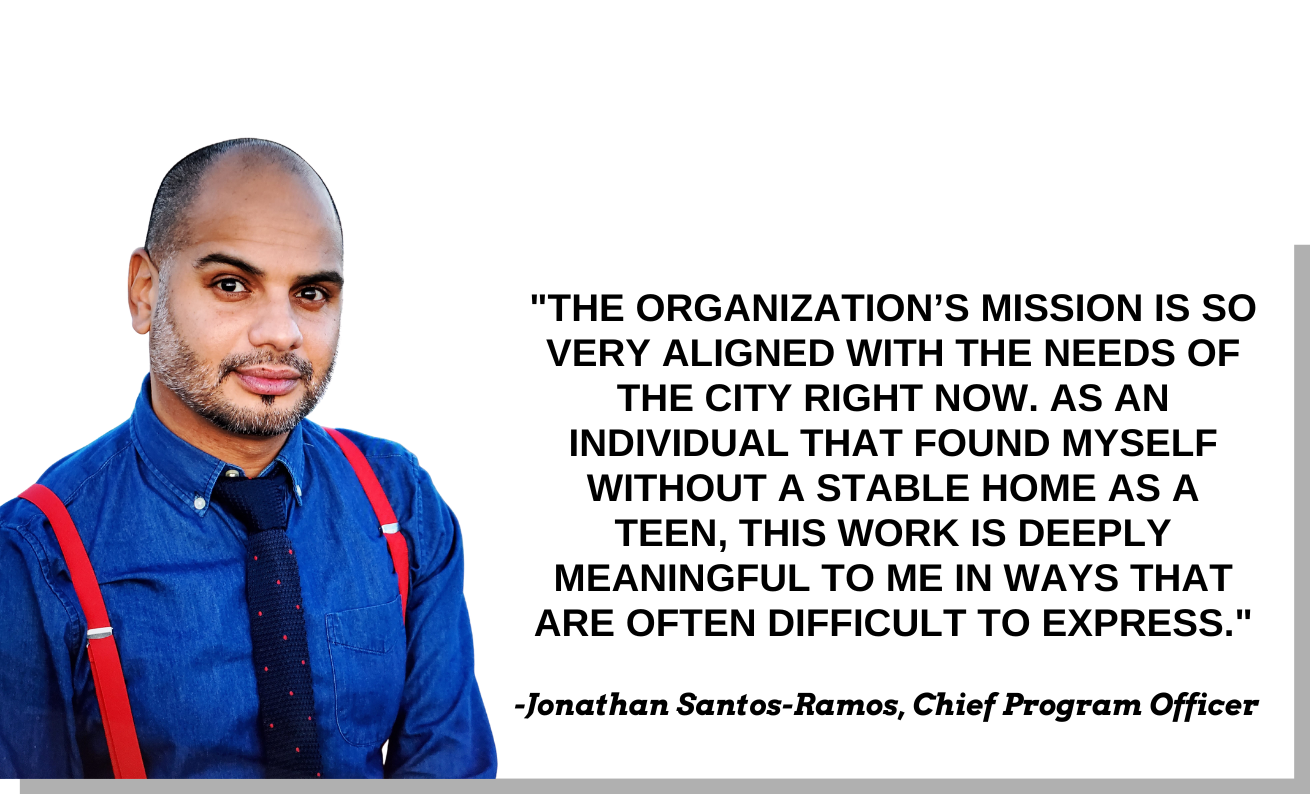Changing Perceptions
Stephen Ronda, CFH Licensed Mental Health Counselor, discusses access to care and the impact telehealth has had on his work.
A health crisis can often lead to an episode of homelessness. In addition, it can exacerbate that episode if left untreated. Often, we think of these conditions as physical. Hypertension, diabetes, asthma, and more are just some of the most prevalent health issues affecting homeless New Yorkers. However, mental health disorders are just as prevalent and just as important to treat.
Not surprisingly, in 2020 we saw a dramatic increase in the number of patients with mental health and substance use diagnoses over the prior year. The trend continued in 2021, where nearly half of all served were treated for various mental health disorders. That includes depression, anxiety, ADD, and many others. However, even with a need this significant, Care For the Homeless (CFH) mental health providers have risen to meet it and then some.
Stephen Ronda, Licensed Mental Health Counselor, CASAC
One of those providers is Stephen Ronda. A Manhattan native, Stephen is a Licensed Mental Health Counselor and Certified Alcohol and Substance Abuse Counselor (CASAC).
He joined the CFH team nearly 10 years ago during his residency period. However, in a way, he’s been a part of the CFH Family for even longer. At the time, his mom was (and still is) a billing consultant with CFH.
Fast forward to now and Stephen is managing between 40 and 60 patients, depending on the time of year.
“It’s mostly therapy,” said Ronda. “But I do a little bit of case management* too. I make referrals to other services, whether they’re internal or external, and make sure people have their medications.”
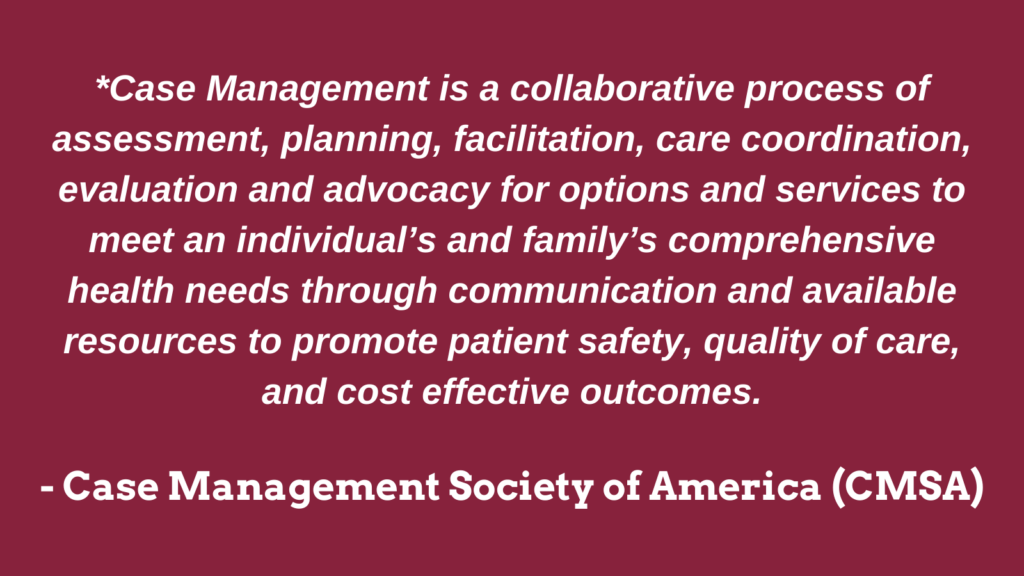
Like all our providers, the way Stephen worked changed when the COVID-19 pandemic hit in early 2020. Specifically, Stephen transitioned from in-person and group sessions to individual phone calls and video chats. However, as you’ll see, this change presented a silver lining.
Telehealth and Access to Care
As we’ve often said, people experiencing homelessness typically prioritize food and shelter over things like health care services. Unfortunately, this is just as true for mental health services.
Stephen also cited the barrier that travel/transportation can create for people trying to access care.
“Traveling can be tough for some people,” said Ronda. “Especially when they’re balancing kids and work schedules and just trying to live life, in general.”
The COVID-19 pandemic hasn’t resulted in a lot of positives. However, it did result in a pivot to telehealth across all types of health care. Perhaps the most significant of which is mental health.
This change is what has allowed Stephen to treat more patients than ever before as well as patients across all NYC boroughs.
Something Stable
What’s more, Stephen reported that remote services had also alleviated a lot of the stresses associated with making it to an appointment.
“Having gone remote, people don’t let this be the thing that stresses them out,” he observed. “Plus, I’m always available. I get a call and I’m there [for them] now. For a lot of people, that’s so important. Just to know that there’s a guarantee in their life and when they have such instability in the rest of their life.”
Telehealth has been a measurably effective bridge across these barriers. So, while the number of patients being treated for mental health services is alarming, telehealth is the silver lining.
Those individuals did not develop their conditions over night. They’ve likely lived with them for a while, untreated. Now, with the advent of telehealth services, accessing care is much more manageable for them.
And more people receiving treatment means more people taking the next step towards permanent housing.
Stemming the Stigma
“Having access to service and the ease of access are, in my opinion, directly correlated to people’s success in terms of getting out of homelessness,” said Ronda. “The most challenging part of that is battling through the self-perception that people gain because they feel the stigma of being homeless.”
Like travel, the stigma of homelessness is a barrier to care. However, as it’s not a physical one, it’s much more complex. Therefore, it requires a different approach if a patient is to overcome it.
Again though, telemedicine has been effective in this effort.
“Some clients have felt that the level of anonymity that they can get from just talking on the phone offers a lot of comfort,” explained Ronda. “Or seeing me and them not having a camera. They’re comfortable with that sort of approach. So, I feel like we’re serving another piece of a demographic by opening the idea of being able to have telehealth as a regular thing.”
Changing Perceptions
Lifting the barriers to accessing care is an essential part of ending homelessness. However, we’d be remiss not to address the quality of the care itself.
The stigma and trauma of homelessness requires much more than a simple check-up. Treating mental health conditions is no different. As Stephen and others have explained, you really do have to treat the whole person.
“Our population may all have one thing in common,” he said. “But to say they are defined by that one thing is to fall short of understanding the complexity that is homelessness. There are a lot of stigmas around homelessness but none of them should be barriers to accessing quality care from people who see them as human beings. We can, and do, do that every day by simply showing them dignity and respect.”
Over the course of time, this kind of approach builds a rapport between patient and provider. Consequently, that rapport allows patients to build trust, become enthusiastic about their treatment, and increase their chances of a positive outcome.
“They want to talk to me the next week and the week after that,” said Stephen. “And they want to be involved with their other providers more often. It all has a cumulative effect. We get to create an environment that takes somebody who’s very stigmatized and say, ‘You’re not actually just that. You’re so much more than that. And we want you to be able to talk to somebody and be cared for, by people who don’t see you as just that, who aren’t minimizing you to one thing.’”
Positive Outcomes
As you might have already guessed, the feeling of a good outcome is as heartwarming as it sounds.
“Getting out of the shelter and moving on to the next step is such a liberating feeling for so many people,” Stephen explained. “Just being able to close your own door. That to me is a thing that will always stick with me when people talk about it. And it’s always good to celebrate those successes with them, it really helps.”
What Lies Ahead
With so much good work under his belt already, it doesn’t come as a surprise that Stephen wants to continue along the same path.
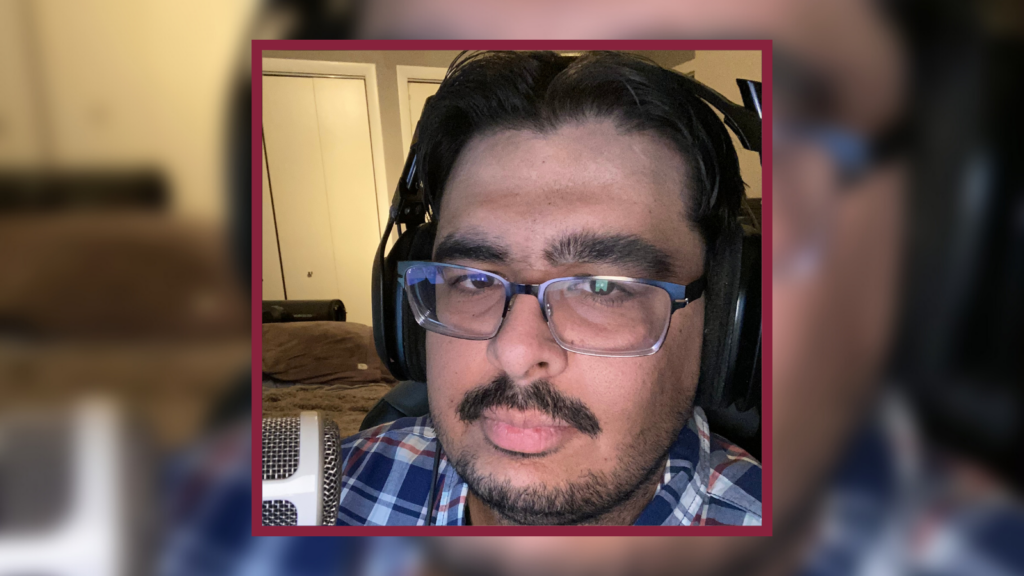
“Professionally, I want to continue to serve a population that I think has incredibly high needs and be part of the change in their life, that’s all.”
Stephen Ronda’s efforts as both a provider and a person exemplify what it means to address the needs of people experiencing homelessness. We thank him and his outstanding colleagues for all that they do and encourage you to join us in doing the same.

